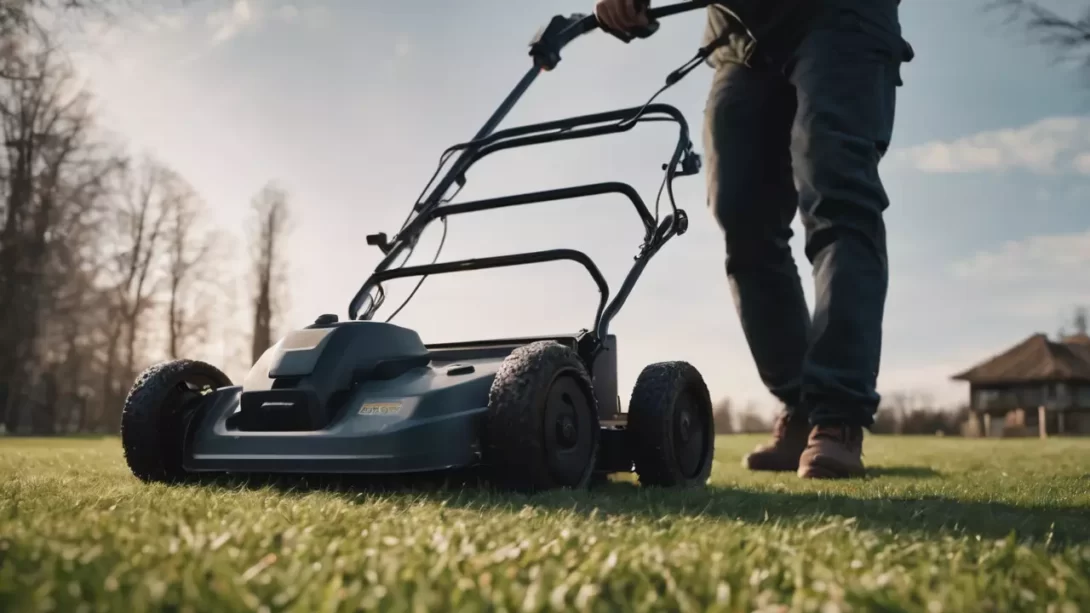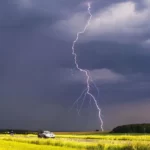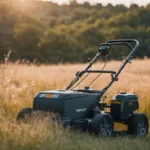Maintaining a lush and healthy lawn is a year-round endeavor, and mowing plays a pivotal role in achieving that goal. While many factors come into play, one often-overlooked aspect is the impact of temperature on mowing. Understanding the right conditions for mowing your grass is essential for both the health of your lawn and the effectiveness of the mowing process. In this article, we explore the relationship between temperature and mowing, specifically focusing on what temperature is considered too cold to mow grass. By gaining insights into ideal mowing conditions, you can make informed decisions to keep your lawn in its best shape throughout the year.
Ideal Mowing Conditions
Mowing your lawn is not just a chore but a practice that significantly influences the well-being of your grass. When it comes to temperature, ideal mowing conditions typically revolve around the following factors:
- Temperature Range: The ideal mowing temperature range varies depending on the type of grass in your lawn. Generally, for cool-season grasses like Kentucky bluegrass and fescue, the best mowing temperatures fall between 60°F to 75°F (15°C to 24°C). For warm-season grasses like Bermuda or St. Augustine grass, the range is slightly higher, typically between 70°F to 90°F (21°C to 32°C). These temperatures promote active growth and help the grass recover quickly after cutting.
- Moisture Level: Ideally, the grass should be relatively dry when mowing. Wet grass not only clumps and sticks to the mower blades but can also lead to uneven cuts. Early morning or late afternoon, when the dew has evaporated, is often the best time to mow.
- Wind and Sunlight: Mowing in moderate wind conditions and during a sunny day allows for a more pleasant mowing experience. Wind can make it challenging to control the mower and can lead to uneven cuts. Sunlight helps to dry the grass, preventing clumping.
By paying attention to these factors, you can ensure that your grass receives the care it needs to thrive. However, it’s crucial to recognize that extreme cold temperatures can affect both your grass’s health and the practicality of mowing. In the following sections, we’ll explore when cold temperatures become too cold for the well-being of your lawn.
When Cold Becomes Too Cold
While there are ideal temperature ranges for mowing grass, it’s important to understand when cold temperatures become too cold for this activity. Extreme cold can have adverse effects on both the grass and the practical aspects of mowing. Some key points to consider include:
- Grass Dormancy: In colder regions, grass often enters a state of dormancy during the winter months. This means that it significantly slows down its growth and metabolic processes. Mowing during this period can stress the grass and disrupt its natural adaptation to cold conditions.
- Frozen Ground: When temperatures drop well below freezing, the ground can freeze. Attempting to mow frozen or partially frozen grass can lead to uneven and damaged lawns, as the grass blades become brittle and prone to breakage.
- Equipment Concerns: Cold weather can affect the performance of your mower. The cold air can make it challenging for the engine to start, and the mower may not function as efficiently. Additionally, it’s essential to avoid mowing on frost-covered grass, as it can damage the turf.
Consequences of Mowing in Cold Weather
Mowing in cold weather can have several negative consequences for both your lawn and your mowing equipment. These consequences include:
- Grass Damage: Mowing in extremely cold conditions can cause physical damage to the grass. The frozen or partially frozen grass blades are more likely to break, leaving your lawn with an uneven and ragged appearance.
- Stress on Grass: Mowing during the cold can stress the grass, weakening its ability to endure the winter. Stress can make the grass more susceptible to diseases, pests, and harsh weather conditions.
- Mower Strain: Cold weather can strain your mower’s engine and performance. Starting a cold engine may be difficult, and the overall efficiency of the mower can be compromised.
- Potential Soil Compaction: Operating heavy mowing equipment on frozen ground can lead to soil compaction. Compacted soil hinders water and air movement, which is detrimental to the grass’s root health.
- Increased Fuel Consumption: Cold weather typically increases fuel consumption in mowers, leading to higher operating costs.
In conclusion, it’s important to recognize that there is a temperature threshold beyond which mowing becomes impractical and potentially harmful to your lawn. The well-being of your grass and the functionality of your equipment should be considered when deciding whether it’s too cold to mow. By staying informed and practicing responsible lawn care, you can ensure that your lawn remains vibrant and healthy throughout the year.
Preparing for Winter Mowing
As the winter season approaches, it’s important to prepare your lawn for the last mowing of the year. This final mowing serves as a crucial step in winter lawn care and ensures that your grass enters the cold months in the best possible condition. Here are some tips for preparing your lawn for winter mowing:
- Adjust Mower Height: Raise the cutting height of your mower for the last mowing of the season. Taller grass provides better protection against temperature fluctuations and helps the lawn retain moisture.
- Clear Debris: Before mowing, clear your lawn of leaves, sticks, and any debris that may interfere with the mowing process. Removing debris allows for a more even cut.
- Mower Maintenance: Ensure that your mower is in good working condition. Check the spark plug, air filter, and oil levels. A well-maintained mower is more likely to perform efficiently in cold weather.
- Dethatching and Aerating: If necessary, consider dethatching and aerating your lawn before the final mow. These practices improve soil aeration and water penetration, which is essential for winter survival.
- Bag or Mulch: Decide whether to bag the clippings or mulch them into the lawn. Mulching can provide a layer of organic matter that enriches the soil and insulates the grass against the cold.
Conclusion
In the world of lawn care, understanding the nuances of mowing in various weather conditions is key to maintaining a vibrant and healthy lawn. While there are ideal mowing temperatures, it’s equally important to recognize when cold temperatures become too cold for both the grass and the equipment. Mowing in extreme cold can have adverse effects on your lawn’s health and the practicality of the process.
As winter approaches, proper preparation for the last mowing of the season is crucial. By adjusting the mower height, clearing debris, ensuring equipment maintenance, and considering dethatching and aerating, you set the stage for a healthy lawn throughout the winter. While mowing is an integral part of lawn care, timing and conditions are essential for success. With informed decision-making and responsible practices, your lawn can thrive year-round, even when faced with the challenges of cold weather.




